The Photograph As Contemporary Art Review
The first chapter of If This Is Art, debunks the lone-photographer-snapping-away-at-life notion by introducing artists who have created performances to photograph them. This style was conceived in the 60s and work because the photograph is the intended final outcome. The photographic style can play on the notion that these are only casual documentary photographs of the event. This challenge lifts these out of the documentary photography category and into the art category.
Some of the photographers introduced in this chapter include:
Philip-Lorca diCorcia who set up a flash on some scaffold in the streets of New York which would be triggered by random passers by so that he could take ‘portraits’ with a long lens of people who do not know they are being photographed so they do not compose themselves.
Sophie Calle whose blend of artistic strategy and her daily life compelled her to eat (and photograph) only food of a single colour per day and to follow a strange man she’d accidentally met twice in one day all the way to Venice and document the journey he unwittingly led her through. For her work The Hotel she took a job as a chambermaid and documented guests person effects to discover who they might be.
Shizuka Yokomizo who sent letters to strangers houses asking them to stand at the window at a certain time so she could photograph them from the street, the opposite of diCorcia, these people are all shown posing in anticipation of being photographed by some unknown woman.
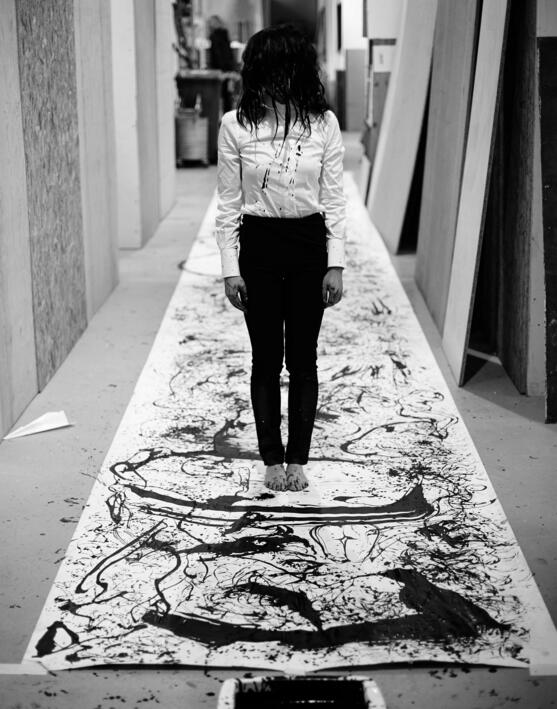

The second chapter, Once Upon a Time, focuses on storytelling within art photography and the how contemporary artists use ‘tableau’ photography. This chapter also carries over from the last, emphasising that the final photographs often come together as a result of a collaboration, where the photographer is the artist, producer and director in a whole cast of actors, crew, stage and props.
Artists introduced in this section included:
Jeff Wall's photographs often play on the idea of staged scene vs casually glanced at scene so that often his photographs look spontaneous. He uses compositional devices that might be found in Renaissance paintings. Wall sets up a tension between the look and substance of a candid, grabbed photographic moment with his actual process, which is to preconceive and construct the scene. Also, he chooses to display his work on giant light boxes
Liza May Post’s images are surrealistic and dreamlike. She makes odd props and the figures are often in contorted in slightly off balance poses.
Frances Kearney whose series Five People Thinking the Same Thing depicts people doing ordinary domestic tasks facing away from the camera. This title starts you wondering what it is that all these different people are thinking about, these thoughts are not revealed and you as the viewer are left to let your imagination run free from the clues within the pictures.
Gregory Crewdson builds detailed sets in which he stages strange and disturbing happenings to photograph.



Chapter three, Deadpan, relates to a type of art photography that has a distinct lack of visual drama or hyperbole, instead these photographs have a visual command that comes from their expansive nature and scale. It does really bring home that some images are photographed almost exclusively for exhibition.
Some of the photographers introduced in this chapter include:
Jacqueline Hassink, The results of her systematic approach spell out the generic links between corporations, regardless of the nature of their business, and the values that each corporation attaches to itself through the demarcation of space.
Ed Burtynsky, While social, political and ecological issues are embedded into his subjects, they are visualised as objective evidence of the consequences of contemporary life.


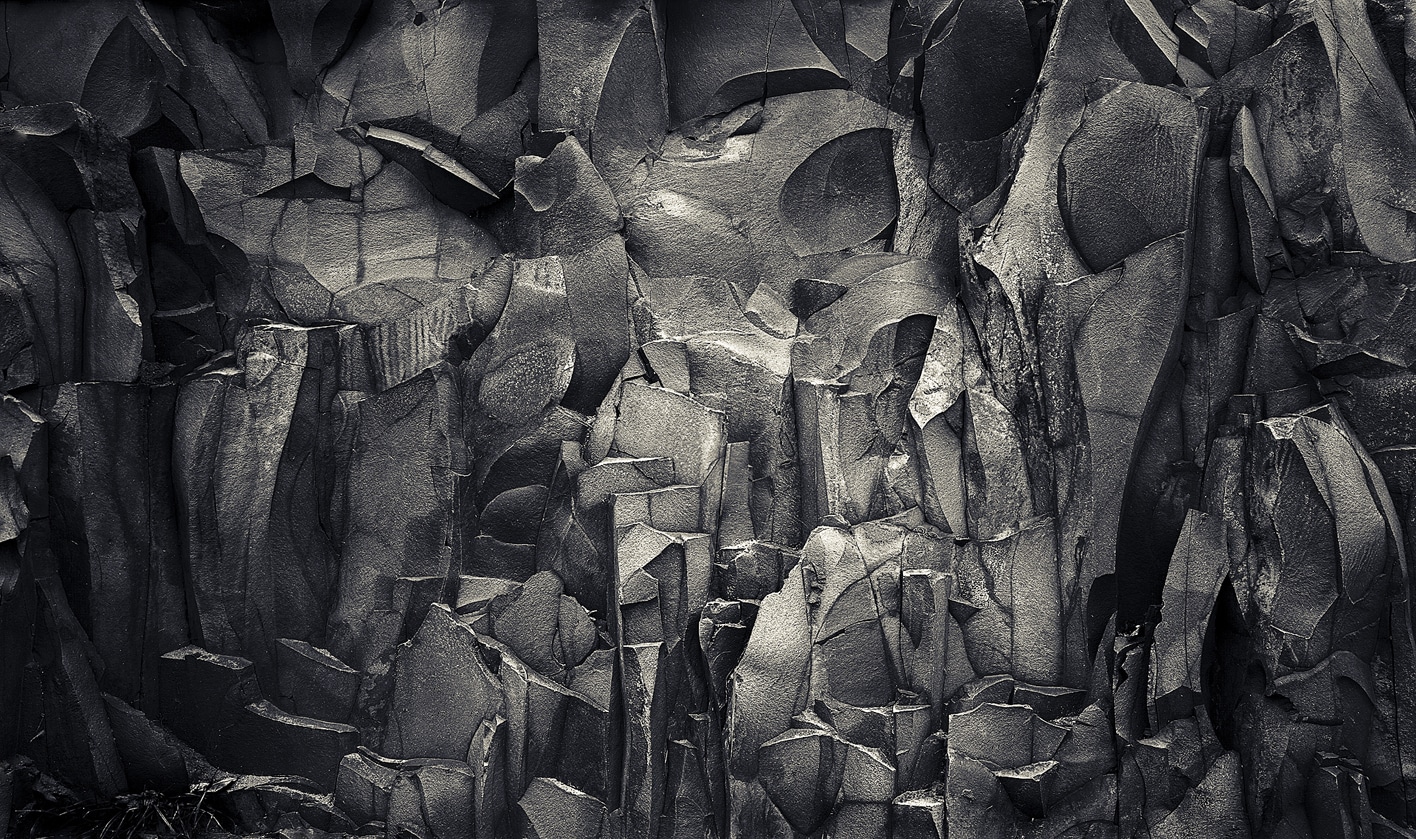
Chapter 4, Something and Nothing is a funny one, it's a chapter about how images ordinary everyday objects can challenge the viewers perceptions of photography, for example how contemporary photographers have pushed the boundaries of what can be considered a credible artistic subject. Ranging from window reflections to discarded clothes these images are more about the subject (and lack thereof) and how they are conceptually altered because of the visual impact they are given by being photographed and presented as art. All the photographs in this chapter, in subtle ways, attempt to shift our perceptions of our daily lives. There is something anti-triumphant and open ended, yet still resonant, in this form of photography.
Artists introduced in this section included:
Peter Fischli and David Weiss, who’s Quiet Afternoon series is a selection of images of ordinary objects stacked up in a surrealistic and often comedic manner.
Felix Gonzalez-Torres, who’s untitled billboards are required to be displayed (by the owner) on at least 6 billboards at any one time and depict an unmade bed, with the imprint of the couples bodies still visible on the sheets.The photographer’s depiction of such an intimate scene is given its drama by being placed into the public contexts of urban streets and highways for the scrutiny of passers-by.
Anthony Hernandez, who takes photos of abandoned buildings, documenting what is overlooked (socially and politically as well as visually).

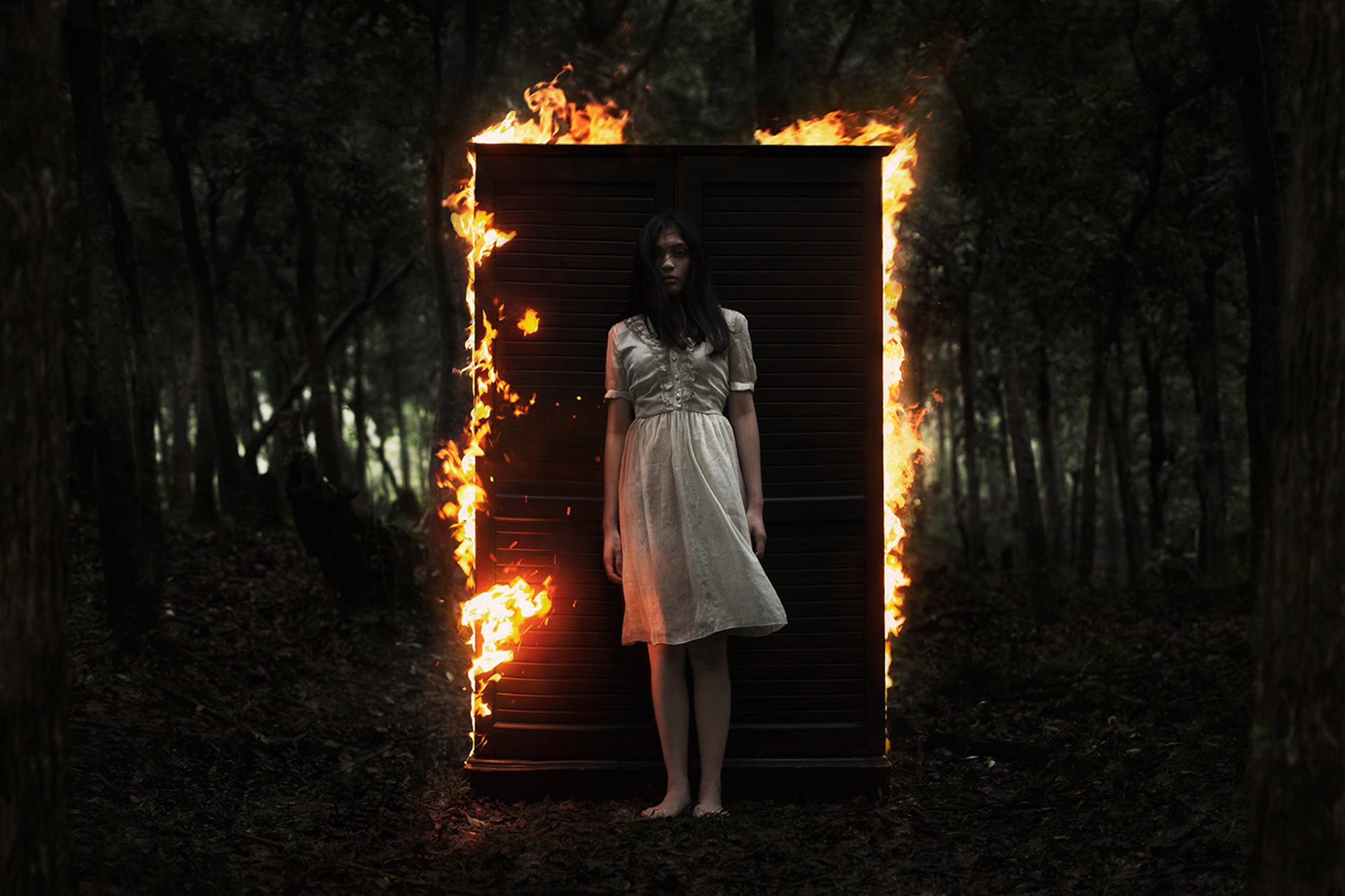

Chapter five, Intimate life, concentrates on photographs revealing personal relationships. Using the style of a family snap, many of these images seek to capture moments during which a camera wouldn’t ordinary be brought out. Some of these images could be said to be sensationalist however, the photographers are somewhat immune to criticism of exploration of their subjects because of the autobiographical nature of this style of photography, the subjects are typically friends & family of the photographer and sometimes the photographer themselves.
Nan Goldin, who’s ongoing series of images of friends & lovers pretty much started off this style of photography.
Nobuyoshi Araki, who’s images are seen as a visual diary of his sexual life featuring young Japanese women in various states of undress.
Yang Yong, who’s images are staged as a collaborative effort of him and his friends to stave off boredom.



Chapter six, Moments in History, takes a look a the work of photographers who bear witness to the ways of life and events of the world. It is primarily documentary photography and its use as art. Starting with ‘aftermath photography’, where photographers go into war zones and sites of other social and ecological disasters to photograph what is left. In the literal scarification of the places depicted, contemporary art photography presents allegories of the consequences of political and hunan upheaval. The chapter also touches on how documentary projects about isolated communities which once would have graces the pages of editorial magazines are now turning to galleries to present the work.
Artists introduced in this section included:
Paul Searight, who’s commissioned work (by London’s Imperial War Museum) responding to the conflict in Afghanistan is reminiscent of the early war photographs by Roger Fenton from the early to mid 1800’s.
Martin Parr, who’s brightly coloured images from his Common Sense series test the boundaries of documentary photography, taking hundreds of photos and editing them down into a narrative about British cultural idiosyncrasies which may be dying out.
Luc Delahaye, who’s images from Various works 2008-2011 won the 2012 Prix Pictet competition on the theme ‘Power.


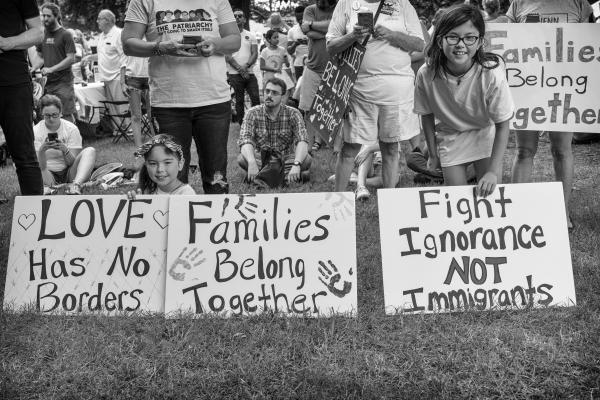
Chapter seven, Revived and Remade, explores the postmodernist photographic practice of exploiting our pre-existing cultural knowledge base of imagery. This includes the remaking of well-known photographs and the mimicking of generic types of imagery such as magazine advertising, film stills or surveillance and scientific photography. By recognising these familiar kinds of imagery, we are made conscious of what we see, how we see, and how images trigger and shape our emotions.
A few of the photographers introduced in this chapter are:
Cindy Sherman, who’s work typically sees her pose in her own photographs portraying generic female characters. For example, her Untitled Film Stills series is sixty-nine images of scenarios that depict a single woman figure and could be from stills from black & white films of the 1950s & 60s.
Nikki S Lee, whose work is part performance, part photography. The artist changes her appearance (her weight, hair, eye and even skin colour) to assimilate herself into a certain social group by scrutinising their clothes, mannerisms, social conventions and body language. The photographs are either taken by a friend or a member from the group. Her projects have ranged including Hispanic, Strippers, Punk, Yuppie and Wall Street Broker .
Vic Muniz, who appropriated Hans Namuth’s famous photograph of Jackson Pollock by recreating it in chocolate syrup and then photographing it. Muniz has also make similar illusions with other substances such as chocolate, thread, dust, wire, sugar, soil and even spaghetti.

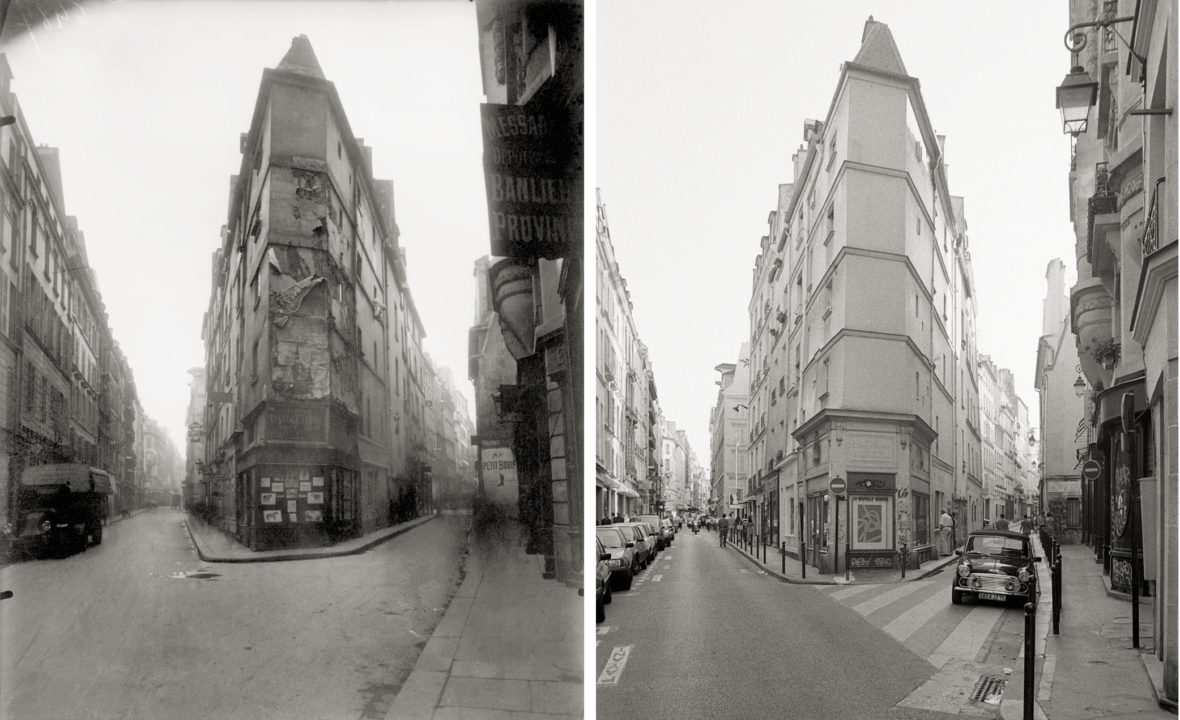

The final chapter, Physical and Material, is focused on photography where the nature of the medium is part of the narrative of the work. For some photographers this simply means to use analogue technology rather than digital when creating an artwork, for others this is appropriating existing images to find new meanings. This chapter also touches on artists who only use photography as one facet of their various media practice.
Artists introduced in this section included:
Sherrie Levine, who appropriates the work of Walker Evans, rephotographing famous his photographs as objects, mounting them, framing them and presenting them in contemporary galleries.
Sara VanDerBeek, who makes small sculptures which include appropriated images and then photographs them with dramatic lighting as the finished work.
Michael Queenland, who makes art installations for which large abstract photographs are just one part, a “transformative tool of quotidian objects and experiences” apparently.

![Photograph of installation view of Parallel of Life and Art exhibition', Nigel Henderson, [c.11 September 1953–18 October 1953] – Tate Archive | Tate](https://www.tate.org.uk/art/images/work/TGA/TGA-9211/TGA-9211-5-2-79-1_10.jpg)



Comments
Post a Comment